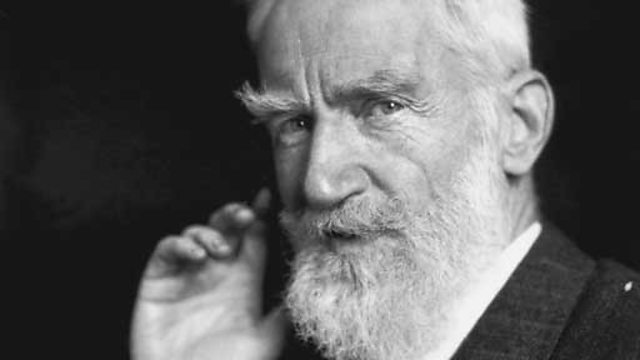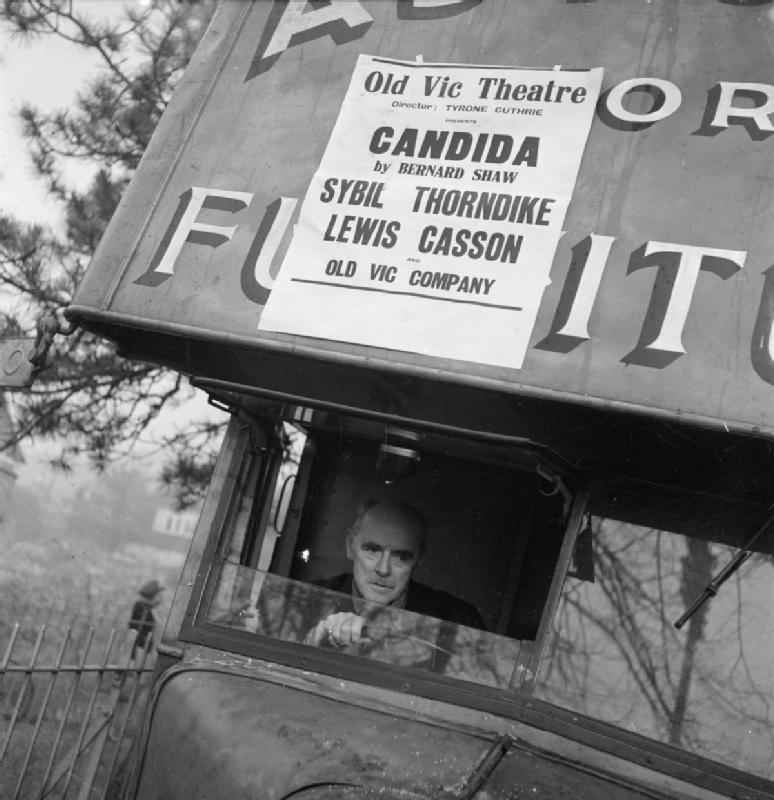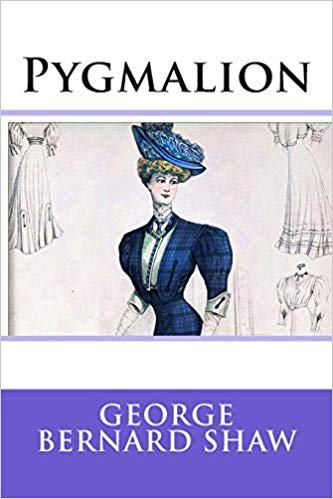Author Spotlight: George Bernard Shaw
Irish playwright and critic George Bernard Shaw is a revered name in English theatre, best known for works such as Candida and Pygmalion.

Shaw was born in Dublin, Ireland, on July 26, 1856. The youngest of three siblings, Shaw’s parents were a singer and a retired civil servant. After several failed ventures, his father became an alcoholic, and his mother was forced to take on additional work to support the family. His mother’s penchant for the arts, music, and creativity in general was passed on to Shaw, who developed a creative mind and a passion for art. Shaw was tutored by his uncle and attended several schools but disliked institutionalized learning.
In 1876, Shaw left Ireland for London. He took on several odd jobs there to make a living, and the difficulty of his life caused him to abandon his initial dream of becoming a painter. Shaw’s writing started with ghostwriting a column in a weekly satirical publication called the Hornet. From then on, Shaw’s interest in writing grew, and he soon became interested in becoming a writer. Within the first seven years after moving to London, Shaw penned five novels, all of which failed.
Later on in the 1880s, Shaw became intertwined with politics. He became an active member of the Social Democratic Federation, the Fabian Society, and the Socialist League. He would become very attached with the Fabian Society, even writing most of their pamphlets for promoting socialism. Shaw also rose as a prominent figure in journalism, having been appointed as drama critic for the Fortnightly Review.
In 1891, Jack Grein founded the Independent Theatre and met Shaw a year later. The two of them got to talking, and Grein managed to convince Shaw to show him one of his earliest plays. Grein was blown away after seeing it, and on December 9, 1892, Widower’s Houses opened at the Royalty Theatre in Soho. The play is about the encounter and relationship of a young doctor named Harry Trench and a businessman’s daughter, Blanche Sartorius. This became the first of a trilogy of plays called Plays Unpleasant.

This trilogy was followed by another, called Plays Pleasant. This second trilogy contained one of Shaw’s most popular works to date, Candida. The play revolves around the eponymous Candida’s choice between two men: a socialist and a poetic idealist.
Since then, Shaw wrote plenty more plays, almost always in trilogy. All the plays in each trilogy contain a central theme, such as Three Plays for Puritans, which tackles imperialism in three settings and periods.

In 1912, Shaw wrote the play that he would become most known for: Pygmalion. The play revolved around a British professor of phonetics, Henry Higgins, who takes on the challenge of tutoring an impoverished woman named Eliza Doolittle and having her pass for a high-society lady. The play is named after an ancient Greek figure, Pygmalion, who fell in love with one of his own statues after it came to life. The play has been staged and adapted multiple times, the most notable being the stage musical and musical movie My Fair Lady.
In 1925, Shaw was awarded the Nobel Prize for literature “for his work which is marked by both idealism and humanity, its stimulating satire often being infused with a singular poetic beauty.” Shaw’s reputation as a playwright only continued to grow even more, but he still continued to write pamphlets about political and social issues. Having witnessed the First World War, Shaw was loudly not in favor of Britain’s involvement in the Second World War.
Shaw’s final play was completed on July 23, 1950, titled Why She Would Not. Shaw passed away only four months after, having developed a kidney failure as a result of being bedridden after a bad fall.
Sources:
*Disclaimer: Images are not ours. Credits to its rightful owners.